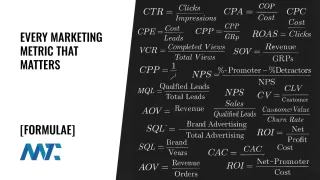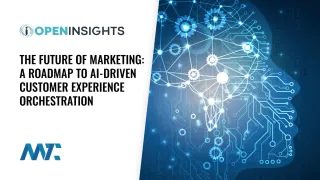7 Steps to Building an Optimized, High-Conversion Marketing Funnel

Every successful business thrives on its ability to turn prospects into paying customers. But conversion doesn’t happen by chance—it’s the result of a deliberate, well-structured funnel that guides visitors through a series of stages, each designed to build trust and increase value. A high-converting marketing funnel is both art and science, combining behavioral psychology, data-driven decision-making, and automation to consistently attract, nurture, and convert leads.
Table of Contents
Establishing Product/Market Fit
Before diving into ads, automation, or lead generation, it’s essential to ensure that your product genuinely meets a specific market need. Product/market fit means identifying exactly who your target audience is, what problem you’re solving for them, and how your solution stands apart. Without this foundation, no amount of optimization or traffic will yield long-term success. Clarity here informs every message, campaign, and offer that follows.
Choosing the Right Traffic Source
Traffic is the lifeblood of any funnel, but not all traffic is equal. The best-performing businesses select one or two traffic sources that align with where their audience already spends time. This might include paid channels like Facebook Ads, Google Search, or LinkedIn, or organic strategies such as content marketing and SEO. The key is to start with a single source, optimize your conversion rates there, and expand only after seeing consistent performance.
Offering a Lead Magnet
A lead magnet is the entry point for most high-converting funnels. It’s a free, high-value resource—like a guide, checklist, or webinar—that entices visitors to exchange their contact information. The offer must address a specific pain point and provide an immediate solution. It’s often presented on a dedicated landing page optimized for conversion, setting the tone for the relationship to come.
Introducing a Tripwire Offer
Once you’ve earned a visitor’s trust with a lead magnet, the next step is introducing a low-cost “tripwire” offer. This small purchase (often under $10) transitions prospects from free users to paying customers. The goal isn’t to profit but to reduce buying resistance and build a track record of transactions. A tripwire is the psychological bridge from interest to commitment.
Presenting a Core Product or Service
After establishing a paid relationship, you can introduce your core offer—the main product or service that drives your revenue. This stage is where the bulk of sales come from. Because trust has already been built, conversion rates are significantly higher. A well-designed funnel ensures that the transition from tripwire to core offer feels natural and value-driven, not pushy or abrupt.
Maximizing Profit with Upsells and Cross-Sells
The next level of optimization involves profit maximizers. These are upsells, cross-sells, or high-ticket options offered after the initial purchase. They could include extended warranties, service packages, or premium tiers. When implemented thoughtfully, these offers can dramatically increase the average transaction value and customer lifetime value without needing additional traffic.
Creating a Return Path
Even the best funnels lose prospects who aren’t ready to buy immediately. A return path uses strategic follow-up to bring them back. Email sequences, retargeting ads, and social media engagement can remind visitors of what they’re missing and encourage them to reenter the funnel. The aim is to create consistent touchpoints that convert indecision into action.
The Power of a Complete System
When all seven steps work in harmony—product/market fit, traffic selection, lead magnets, tripwires, core offers, profit maximizers, and return paths—you create a self-sustaining ecosystem that grows more efficient over time. Each interaction provides data for optimization, enabling your funnel to become smarter and more profitable with every iteration.
For a visual breakdown of this process, including how each component connects to the next, refer to the accompanying infographic on building a high-converting marketing funnel.







